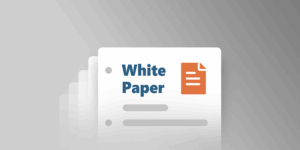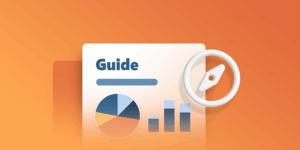A warning that appears on a prescription drug’s label and is designed to call attention to serious or life-threatening risks. Not all health authorities implement boxed warnings in the label, however some health authorities do (e.g., those of the U.S., the United Kingdom and Japan). In the U.S., boxed warnings are ordinarily used to highlight for prescribers one of the following situations: (1) There is an adverse reaction so serious in proportion to the potential benefit from the drug (e.g., a fatal, life-threatening or permanently disabling adverse reaction) that it is essential it be considered in assessing the risks and benefits of using the drug, OR (2) There is a serious adverse reaction that can be prevented or reduced in severity by appropriate use of the drug (e.g., patient selection, careful monitoring, avoid certain concomitant therapy, addition of another drug or managing patient in a specific manner, avoiding use in a specific clinical situation), OR (3) FDA approved the drug with restrictions to ensure safe use
because FDA concluded that the drug can be safely used only if distribution or use is restricted (…) Infrequently, a boxed warning can also be used in other situations to highlight warning information that is especially important to the prescriber (e.g., reduced effectiveness in certain patient populations). Infrequently, a boxed warning can also be used in other situations to highlight warning information that is especially important to the prescriber (e.g., reduced effectiveness in certain patient populations).
Source: (CIOMS DILI 2020)




